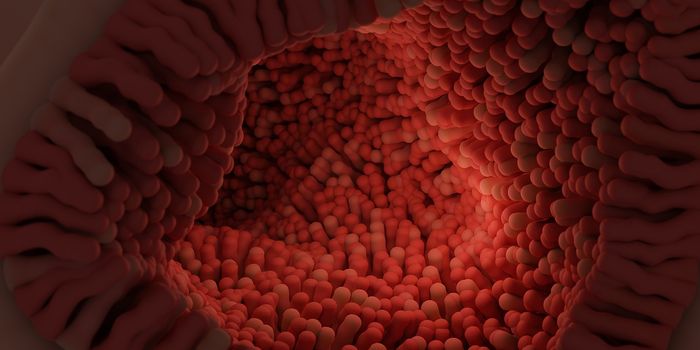Dinosaurs appeared on Earth about 230 million years ago, when atmospheric oxygen levels were close to half what they are today. Scientists are looking for clues to how they survived by studying a modern relative-the alligator.
Alligators incubated and raised in an environment with just 12 percent oxygen (compared to today's 21 percent) had larger hearts and lungs and improved cardiopulmonary function, University of California, Irvine biologist James Hicks and postdoctoral researcher Tomasz Owekowicz have found.

"In a similar vein, the success of dinosaurs probably depended on the effectiveness of their lungs and hearts in obtaining oxygen from air and distributing it throughout the body," Hicks says. "Our results provide indirect evidence that dinosaurs must have had superior oxygen delivery systems."
Because of changes in the Earth's atmosphere: dropping oxygen levels and rising carbon dioxide levels; these findings may help to understand how some animals will be able to adapt to environmental change in the near future, Hicks says. "They may help us identify which animals are likely to survive and which might become extinct in new atmospheric conditions."
Large reptiles such as alligators have existed in their basic form for about 220 million years, surviving large oxygen fluctuations. To study how they adapt, Hicks and Owerkowicz incubated alligator eggs at different oxygen levels-12 percent, 21 percent, and 30 percent (Earth's peak level, occurring about 300 million years ago).
Hatchlings from the two higher-oxygen groups had no obvious physical differences, but those from the oxygen-starved group had swollen bellies. Researchers believe there was not enough oxygen for the developing embryos to consume all of their egg-yolk food, leaving them with huge yolk-distended potbellies. They also were smaller, except for their hearts, which were large, presumably to maximize the limited oxygen supply.
After three months in their respective atmospheres, the low-oxygen alligators had compensated by developing enlarged lungs, resulting in an increased metabolic rate.
"The metabolic rate determines everything an animal is capable of doing-running, digesting, keeping warm, growing, and reproducing," Owerkowicz says. "The basic function of alligators-the resting metabolic rate-was different just because the oxygen level was different."
Source: Futurity.org









